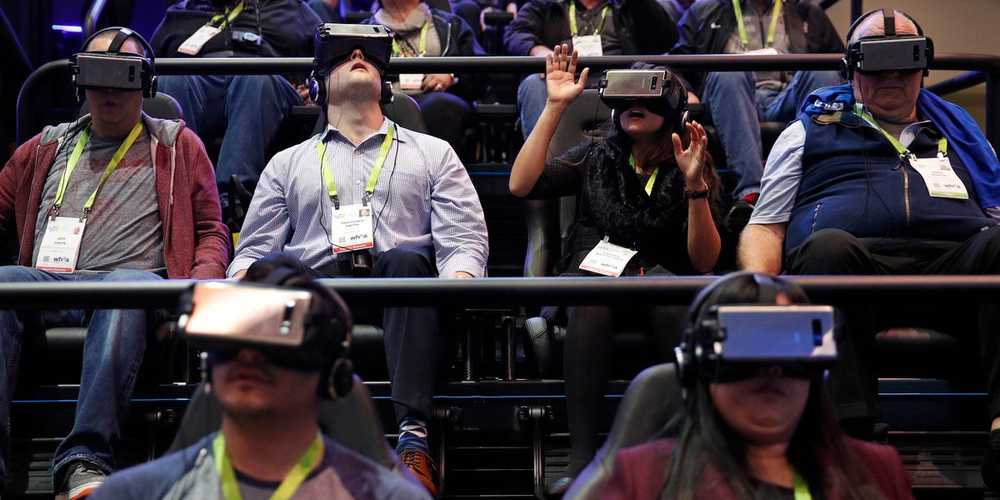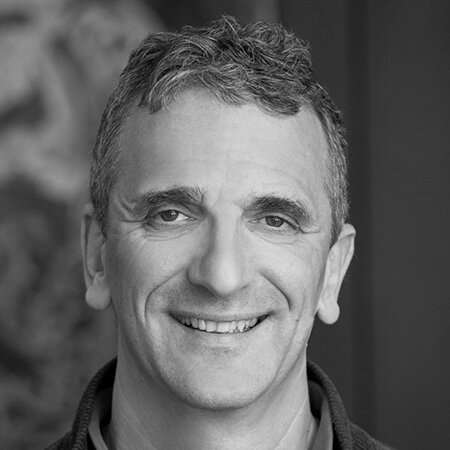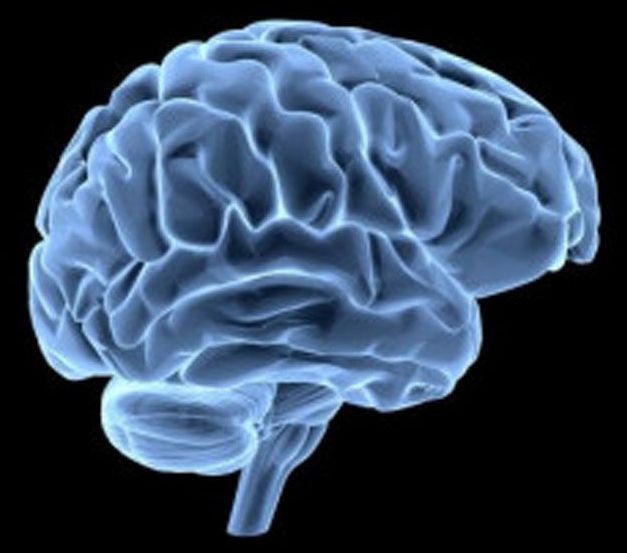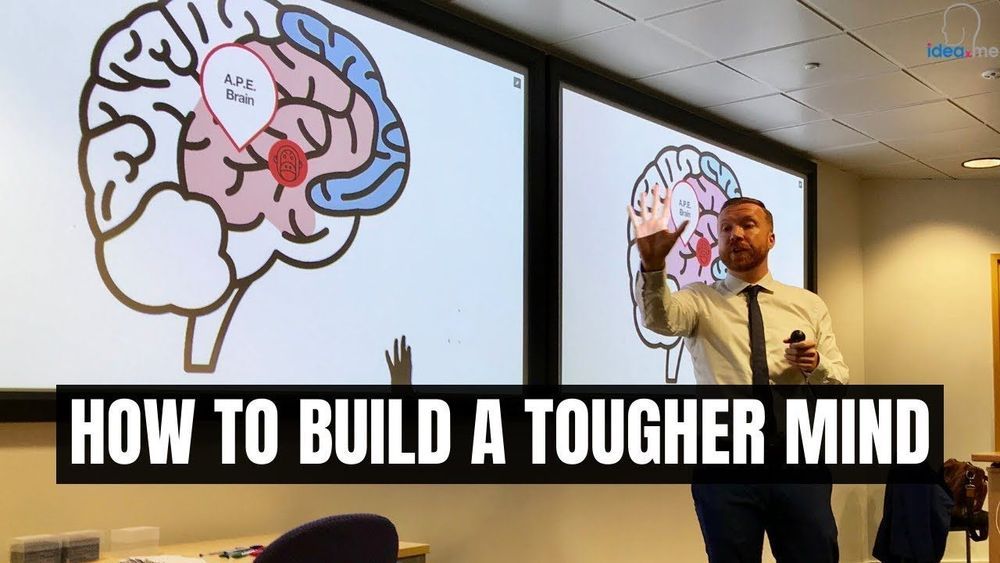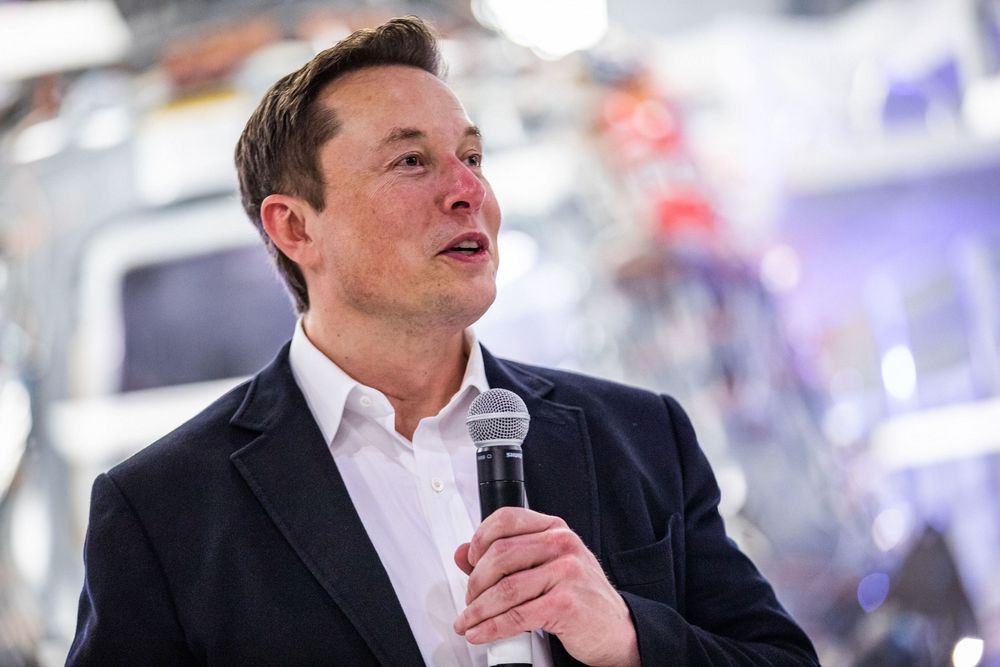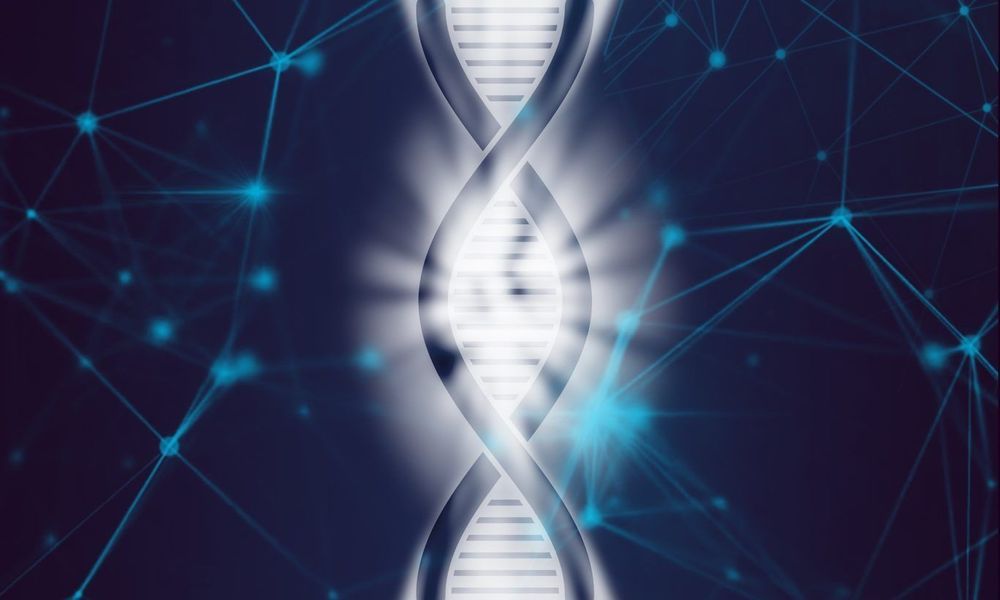Dec 28, 2019
Stangle: Impossible burgers are made of what?
Posted by Tracy R. Atkins in categories: biotech/medical, engineering, food
Engineering Food: The Impossible Whopper.
“Now, let’s compare the estrogen hormone in an impossible whopper to the whopper made from hormone implanted beef. The impossible whopper has 44 mg of estrogen and the whopper has 2.5 ng of estrogen. Now let me refresh your metric system. There are 1 million nanograms (ng) in one milligram (mg). That means an impossible whopper has 18 million times as much estrogen as a regular whopper. Just six glasses of soy milk per day has enough estrogen to grow boobs on a male. That’s the equivalent of eating four impossible whoppers per day. You would have to eat 880 pounds of beef from an implanted steer to equal the amount of estrogen in one birth control pill.”
The impossible whopper is being advertised by Burger King as a plant based alternative to the whopper. When food manufacturers started talking about making artificial meat, I, too, thought it would be impossible to make a hamburger cheaply enough to make it competitive. You see, I assumed that they would have to buy the individual amino acids (the building blocks for protein) and chemically string them together in the proper order, then remove the reagents (chemicals needed to cause the chain reactions) and then add something to give it the right textures.
Continue reading “Stangle: Impossible burgers are made of what?” »

